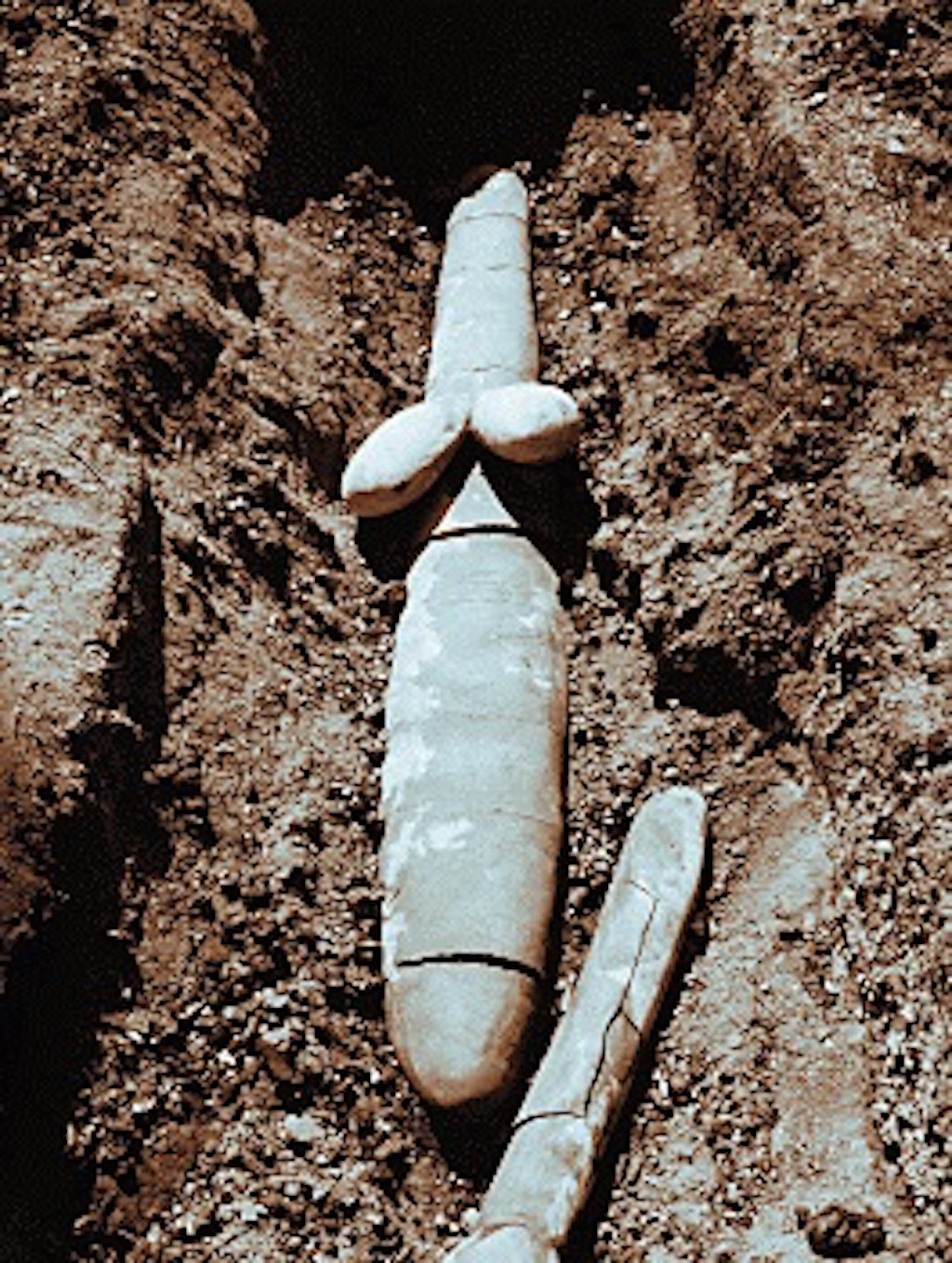
© Mathilde ter Heijne
Expositions du 08/11/2014 au 22/2/2015 Terminé
Museum für Neue Kunst Städtische Museen Freiburg Marienstraße 10a Freiburg im Breisgau Allemagne
The exhibition PERFORMING CHANGE is based on the fundamental assumption that norms and the human perception of reality are a construct and therefore eminently transformable. Thus the starting point for the newly created works of the exhibition is multifaceted: the exposure and transformation of social power structures, the production and preservation of knowledge and the individual role of the artist. With regard to gender roles in particular, Dutch artist Mathilde ter Heijne explores strategies that perceive and seek to change the relationship between the visible and the invisible within social power structures. Gender is understood here as a social category of difference alongside others like sexual orientation and ethnicity. As all of them participate in the creation of knowledge and thereby power, they go hand in hand with the hierarchisation of subjects and the attribution of identity. Ter Heijne challenges the interpretative authority of social discourse about what is deemed true or false by posing a set of fundamental questions: who is visible in what context, who is heard and who (or what) causes others to act?Museum für Neue Kunst Städtische Museen Freiburg Marienstraße 10a Freiburg im Breisgau Allemagne
She puts alternative ways of seeing and experiential values up for discussion in order to enable and implement a change in perspective, to create new realities—PERFORMING CHANGE no less.
Participation and collaboration as a strategy for change therefore form a particular focus in ter Heijne's work. Consequently, her videos, sculptures, installations and performances are site-specific and have arisen within the context of many local and international collaborations. Ter Heijne investigates the scope for action among temporary communities and networks, how and where they occur, the ways in which they are active, what they demand and how sustainable they are.
Starting from the assumption that realities are made up of a dynamic network of relations between different protagonists, the question arises with reference to which protagonists can be considered part of it. Instead of simply understanding these protagonists to be human, the exhibition supposes that objects can also influence our actions, behaviour and thinking. With this it posits a dissolving of the binary oppositions in the modern perception of the world, such as true/false, nature/culture, subject/object, all the way to the ultimate dissolution of the essential dichotomy woman/man.

